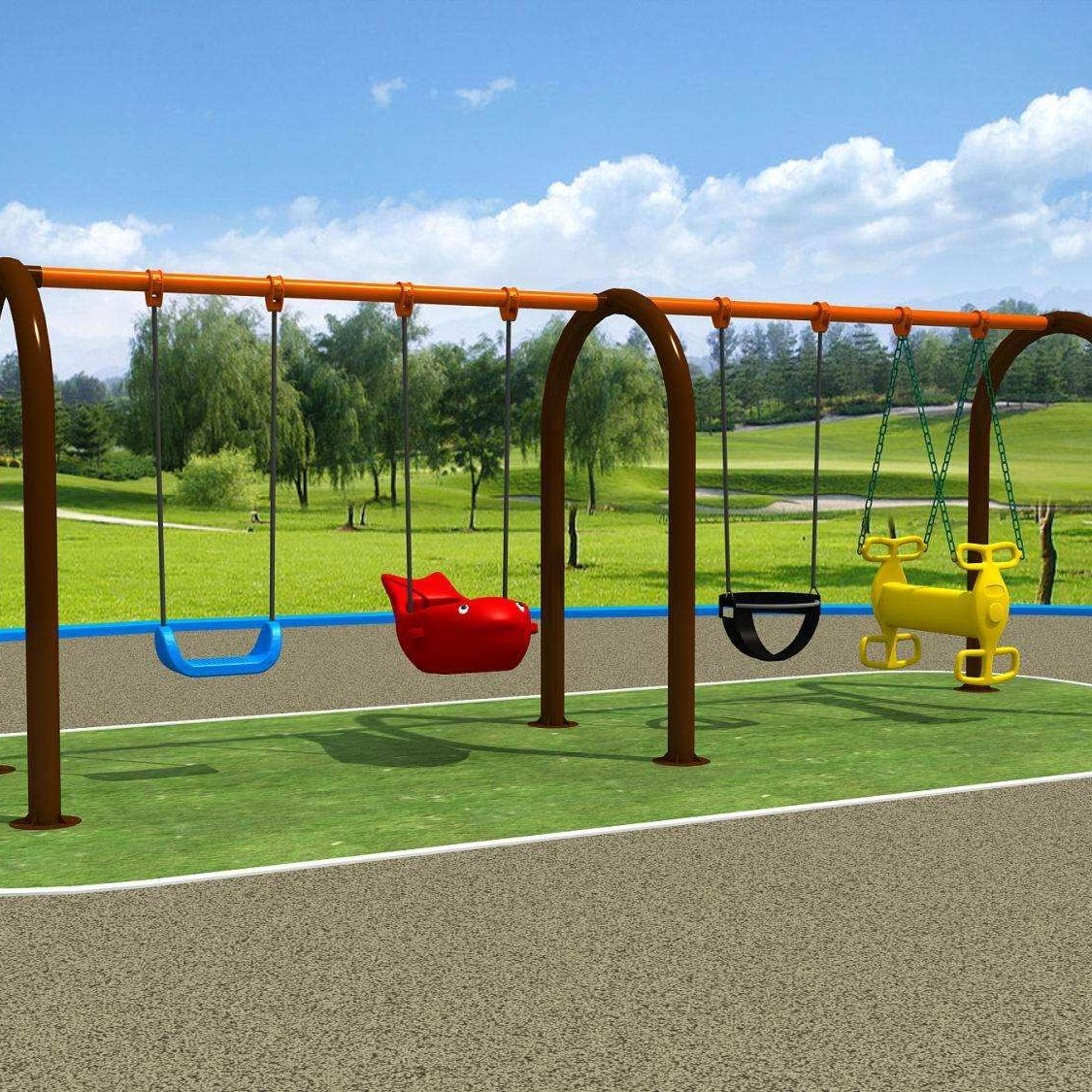
-
 Afrikaans
Afrikaans -
 Albanian
Albanian -
 Amharic
Amharic -
 Arabic
Arabic -
 Armenian
Armenian -
 Azerbaijani
Azerbaijani -
 Basque
Basque -
 Belarusian
Belarusian -
 Bengali
Bengali -
 Bosnian
Bosnian -
 Bulgarian
Bulgarian -
 Catalan
Catalan -
 Cebuano
Cebuano -
 China
China -
 China (Taiwan)
China (Taiwan) -
 Corsican
Corsican -
 Croatian
Croatian -
 Czech
Czech -
 Danish
Danish -
 Dutch
Dutch -
 English
English -
 Esperanto
Esperanto -
 Estonian
Estonian -
 Finnish
Finnish -
 French
French -
 Frisian
Frisian -
 Galician
Galician -
 Georgian
Georgian -
 German
German -
 Greek
Greek -
 Gujarati
Gujarati -
 Haitian Creole
Haitian Creole -
 hausa
hausa -
 hawaiian
hawaiian -
 Hebrew
Hebrew -
 Hindi
Hindi -
 Miao
Miao -
 Hungarian
Hungarian -
 Icelandic
Icelandic -
 igbo
igbo -
 Indonesian
Indonesian -
 irish
irish -
 Italian
Italian -
 Japanese
Japanese -
 Javanese
Javanese -
 Kannada
Kannada -
 kazakh
kazakh -
 Khmer
Khmer -
 Rwandese
Rwandese -
 Korean
Korean -
 Kurdish
Kurdish -
 Kyrgyz
Kyrgyz -
 Lao
Lao -
 Latin
Latin -
 Latvian
Latvian -
 Lithuanian
Lithuanian -
 Luxembourgish
Luxembourgish -
 Macedonian
Macedonian -
 Malgashi
Malgashi -
 Malay
Malay -
 Malayalam
Malayalam -
 Maltese
Maltese -
 Maori
Maori -
 Marathi
Marathi -
 Mongolian
Mongolian -
 Myanmar
Myanmar -
 Nepali
Nepali -
 Norwegian
Norwegian -
 Norwegian
Norwegian -
 Occitan
Occitan -
 Pashto
Pashto -
 Persian
Persian -
 Polish
Polish -
 Portuguese
Portuguese -
 Punjabi
Punjabi -
 Romanian
Romanian -
 Russian
Russian -
 Samoan
Samoan -
 Scottish Gaelic
Scottish Gaelic -
 Serbian
Serbian -
 Sesotho
Sesotho -
 Shona
Shona -
 Sindhi
Sindhi -
 Sinhala
Sinhala -
 Slovak
Slovak -
 Slovenian
Slovenian -
 Somali
Somali -
 Spanish
Spanish -
 Sundanese
Sundanese -
 Swahili
Swahili -
 Swedish
Swedish -
 Tagalog
Tagalog -
 Tajik
Tajik -
 Tamil
Tamil -
 Tatar
Tatar -
 Telugu
Telugu -
 Thai
Thai -
 Turkish
Turkish -
 Turkmen
Turkmen -
 Ukrainian
Ukrainian -
 Urdu
Urdu -
 Uighur
Uighur -
 Uzbek
Uzbek -
 Vietnamese
Vietnamese -
 Welsh
Welsh -
 Bantu
Bantu -
 Yiddish
Yiddish -
 Yoruba
Yoruba -
 Zulu
Zulu
fiber pipe
The Advantages of Fiber Pipes in Modern Infrastructure
In the rapidly evolving world of technology and infrastructure, the significance of materials used in construction cannot be overlooked. Among these materials, fiber pipes have emerged as a revolutionary solution that combines strength, flexibility, and durability, making them an ideal choice for a myriad of applications.
What Are Fiber Pipes?
Fiber pipes, often made from composite materials, utilize a combination of fibers—such as glass, carbon, or aramid fibers—embedded in a resin matrix. This synergy between fibers and resin results in a lightweight yet incredibly strong structure that can withstand various stressors. Unlike traditional materials such as metal or PVC, fiber pipes offer enhanced performance characteristics that make them suitable for both industrial and commercial applications.
The Strength of Fiber Pipes
One of the most compelling advantages of fiber pipes is their exceptional strength-to-weight ratio. This means that, despite being lighter than their metallic counterparts, fiber pipes can tolerate greater pressures and loads. This property is particularly beneficial in applications that require long spans or the need to minimize the load on supporting structures. Additionally, fiber pipes are resistant to corrosion, which provides a significant benefit over traditional materials prone to rust and degradation when exposed to harsh environmental conditions.
Flexibility and Versatility
Fiber pipes are renowned for their flexibility. This characteristic not only makes them easier to install but also allows them to be adapted to various shapes and configurations, which can be essential in complex industrial designs. The ability to bend without breaking eliminates the need for numerous joints and fittings, minimizing potential points of failure and enhancing the overall reliability of the system.
fiber pipe

Moreover, fiber pipes are incredibly versatile, finding applications in various sectors such as oil and gas, water supply, telecommunications, and waste management. For instance, in the oil and gas industry, fiber-reinforced pipes are employed for transporting fluids over long distances, thanks to their resistance to fatigue and impact.
Environmental Considerations
As sustainability becomes a focal point in global discussions, fiber pipes stand out as an environmentally friendly option. Many composite fibers used in the production of these pipes can be sourced sustainably, and the longevity of fiber pipes—coupled with their resistance to environmental degradation—means they need to be replaced less frequently than traditional pipes. Furthermore, the manufacturing process for fiber pipes typically results in lower energy consumption compared to metal pipe production, thereby resulting in a reduced carbon footprint.
Installation and Maintenance
Another notable advantage of fiber pipes is the ease of installation and maintenance. Their lightweight nature allows for quicker and more efficient handling during transportation and installation processes. Additionally, the joints between fiber pipes can be easily fused together, reducing the time and labor involved in assembly. Once installed, these pipes require minimal maintenance due to their resistance to corrosion and other wear factors.
Conclusion
In conclusion, fiber pipes represent a significant advancement in the field of materials science and engineering. Their exceptional strength, flexibility, versatility, and environmental benefits position them as a superior choice for modern infrastructure projects. As industries continue to seek innovative solutions to meet both performance and sustainability goals, the use of fiber pipes is likely to grow, paving the way for a more resilient and efficient future.
With continued advancements in fiber technology, we can expect further improvements in performance and new applications in various sectors. The integration of fiber pipes into standard practices will undoubtedly contribute to enhanced efficiency and sustainability in infrastructure development, making them a key player in the future of construction and engineering. As we embrace this change, the role of fiber pipes in everyday applications will become increasingly prominent, leading to a transformative impact on how we design and interact with our environments.









